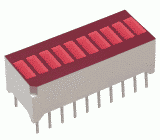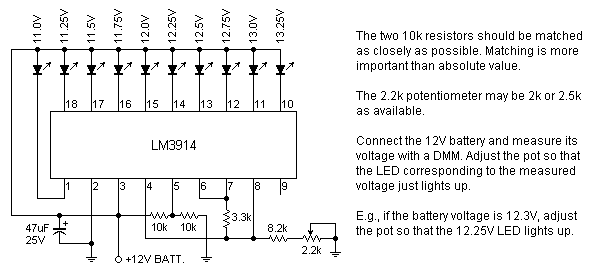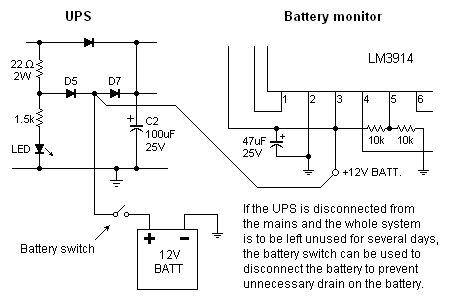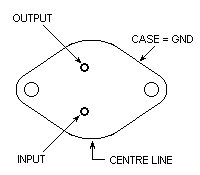dabby21
Advanced Member level 4
- Joined
- Aug 8, 2011
- Messages
- 114
- Helped
- 0
- Reputation
- 0
- Reaction score
- 0
- Trophy points
- 1,296
- Location
- Philippines
- Activity points
- 2,232
I'm thinking of basing it on an LM3914. I know you said earlier that it's not available in your local shops and I gave you two online sources in your country in post #6. But international giants like element14 (formerly Farnell) and RS tend to be rather expensive. If you can find them in one of the local shops, they are likely to be much cheaper. The LM3914 is a popular IC and it's likely that some local shops have it. I suggest you ask again.
Anyway, if you cannot find the LM3914, the battery monitor can also be made with quad opamps and comparators like the LM324 or LM339.
---------- Post added at 21:34 ---------- Previous post was at 21:09 ----------
By the way, you may also be interested in a bar graph LED module like this. They look nice and are not expensive. They come in common-anode and common-cathode versions. We need the common-anode version for this project.

Sir,
I have checked the LM3914 and unfortunately its not available but the LM324 and LM339 are both available sir.
Last edited:



